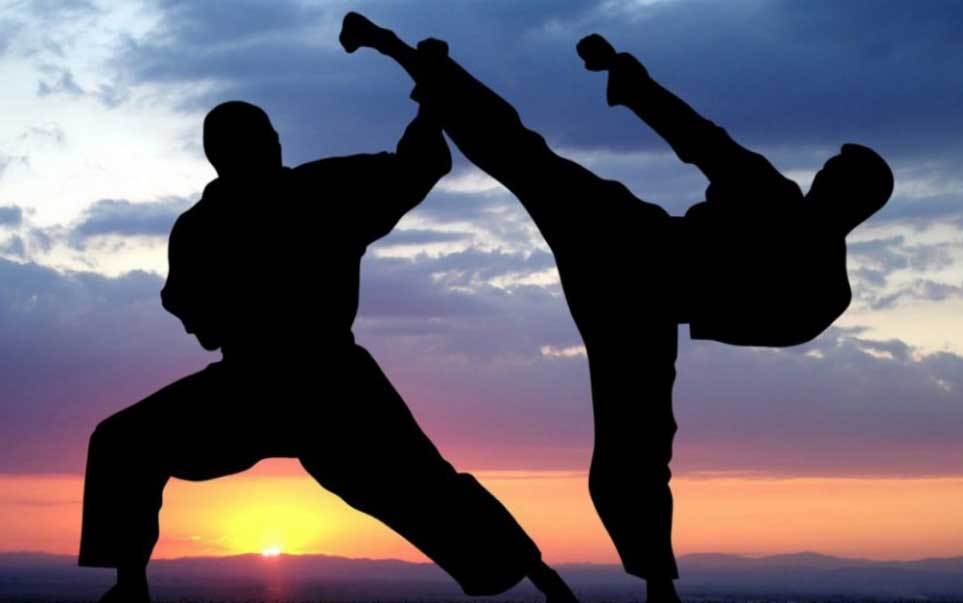Different types of testing are used to determine the progress and skill level of different disciplines. Testing is required for advancement and occurs regularly throughout the martial arts curriculum. Testing methods depend on the discipline and may include sparring, forms or a combination. These tests are used to assess students’ skills and help them determine their potential in different contexts. Below are some of the most common types of testing. Listed below are some examples:
Jujitsu has a brutal approach
Judo and other forms of martial arts have a basic principle: use your opponent’s strength in your favor. Larger opponents can hit harder than smaller ones, but they can also be more difficult to hit. Smaller opponents have greater reach and can sustain more damage. Grapplers have the ability to counter this advantage by placing their opponents on the ground in dangerous positions. Jujitsu teaches its practitioners to reverse dangerous positions in order to win. They are often taught a variety of combat techniques, including counterattacks and joint locks.
As a result, Jujitsu is often characterized as being “ruthless in martial arts,” a result of its focus on body positioning and pressure. An opponent can appear almost superhuman to a superior practitioner. For example, one recent story explains how a judoka trained in judo successfully restrained a belligerent restaurant patron by mounting him, then waiting for security to arrive.
Muay Thai can be effective in close-quarter fighting
Muay Thai can be used to close-quarters. This style is often mma gym melbourne to swords or fists and can be used at close ranges. The elbow strikes can be very vicious in close quarters. They are similar to long-range spears or staffs. Round kicks and knee strikes cause blunt force trauma. The clinch is key to Muay Thai’s success in close-quarter combat.
It is a form close-quarters combat that uses the entire physique as a weapon. The technique uses knees and elbows to test the opponent’s strength and weaknesses. It can also be used to defend against a kick that can force the opponent down. Muay Thai was first used in the 15th century. It is a dangerous sport that was practiced initially without protective gear. It was codified by the 1930s, and its survivors became national treasures.
Krav Maga is a practical martial art for use in real-life situations
Krav Maga is a blend of several martial arts that can be used in real-life situations. Imi Lightenfeld, its founder, was trained in boxing as well as wrestling. His training allowed him to integrate the best techniques from each style and make Krav Maga a unique martial art. This system can be used to defend against external and self-inflicted attacks.
Krav Maga aims to protect people in real life situations. Therefore, it emphasizes the use of improvising techniques to address different kinds of physical threats. Krav Maga is not only focused on martial arts but also teaches weapon-based techniques to protect you from attackers. Students learn to defend themselves with weapons and common items. Students are taught how to use knives and bats made of plastic to practice different scenarios.
Capoeira was created by slaves in Brazil
Capoeira, an ancient martial art, originated in Brazil by African slaves. Many of them had previously been trained in Engolo, an African style of dancing. They were allowed the freedom to continue their art and other rituals while they were in slavery camps. Sometimes they would rebel and seek refuge underground slave villages. As a result, the art slowly evolved over the centuries. But how did this art form evolve?
Although slaves were not allowed to fight, they devised a system of self-defense against their masters. It became popular in cities and was taught to slaves as a way to protect themselves against the Portuguese. Although the Portuguese attempted to ban Capoeira, it remained a popular form of self-defense and was often disguised as a dance to avoid punishment. Capoeira was also banned in Portugal, which led slaves to take up the art.
Hapkido was developed by slaves in Asia
Hapkido, the art of Hapkido, originated in China. It was adapted to Asia mainly by Asian slaves from Korea. Its development is closely tied to Chinese kung fu. Many practitioners can trace their training to Choi Yong Shul. Choi was eight years old when he was brought to Japan from Korea. He was later abandoned and taken into the household of Takeda Sokaku, a teacher of Daito-ryu Aiki-jujitsu. Choi Yong Yul-Shul later claimed to be a Takeda student for thirty years and was returned to Korea at the end of World War II. However, this claim is not supported by any documentation.
Although the origins of Hapkido are unknown, it is believed that it is the result of a centuries-old martial art. Korean slaves taught them the art and gave it their name. They eventually adapted Japanese techniques and created their own martial art. Hapkido eventually became a popular form martial arts throughout the world.
Slaves in South America developed kickboxing.
Kickboxing’s roots are in the culture of Africa, specifically the Africans who immigrated to Brazil in search freedom. These slaves brought with them the various traditions and cultures of different countries. The Angolan people, for example, practiced a ritual combat called Engolo, a fight believed to be to win the bride. This style is heavily based upon kicks and sweeps and forbids hand striking.



